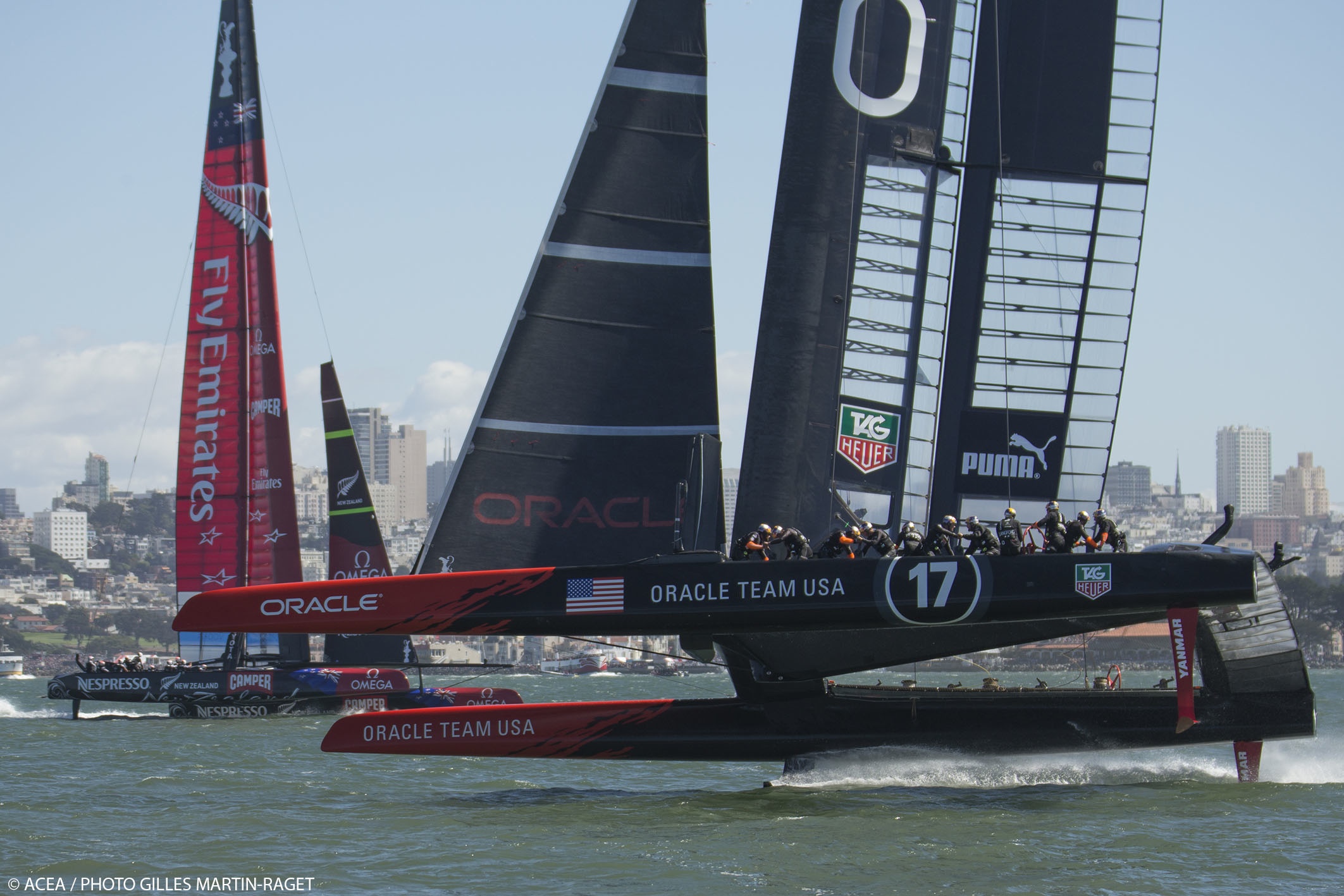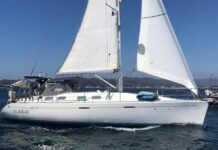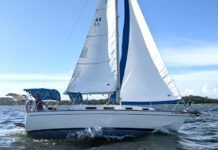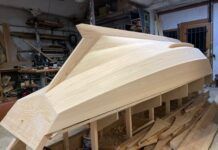ACEA/Photo Gilles Martin-Raget

Earlier this summer, former Practical Sailor editor and current Chairman of the 34th Americas Cup Measurement Committee Nick Nicholsoncasually mentioned that, unlike in 2006 and 2000, this time around he saw very little race technology that might trickle down to the average sailor. The 40-knot, foiling AC72 catamarans were simply too high-tech too have much relevance to the guy in a pokey Pearson 32. However, after watching Oracle Team USAs dramatic comeback and reading the speculation on what sort of technological leap might have made it possible, Im convinced that there are plenty of ways that AC72 robotics can flush down into the world of everyday cruising.
First, a bit of background. If you havent been following the rumors coming up from Down Under, some observers suggest that Oracle Team USA may have resorted to automatic stabilizers in its AC72 foiling system, a modification that, although apparently legal, introduces a high degree of robotics that most sailing fans understandably resist. This high-tech tweak, so the story goes, was instrumental in Oracles miraculous comeback from an 8-1 deficit to beat Emirates Team New Zealand. According to Reuters Press, one of several news agencies that have reported on this topic, Oracle Team spokespersons have emphatically denied that any silver bullet made the difference. Other reports attribute the amazing comeback to incremental changes and contend that the Oracle sailors were more than just winch-grinding automatons responding to signals from a waterborne version of Stanley Kubricks Hal. To settle the matter,Emirates Team New Zealandmanager Grant Dalton has flatly stated thatthere wont be any post-race challenge. All of this comes on the heels of Oracle Team USA getting penalized for blatantly cheating during the pre-race series, a shameful episode that elicited a few choice wordsfrom Nick Nicholson(no relation to currentPSEditor Darrell Nicholson).
While I can understand why some old salts might be disgusted at the prospect of the next Americas Cup being contended between two grown men twiddling joysticks on robotic boats, I take a more positive view. The spectacle of computer-molded carbon fiber screaming across San Francisco Bay has brought heaps of attention to the sport of sailing, and if one more kid signs up for Opti camp this summer because of it, I suppose it is worth it-even if he does infuriate the rules committee in his next Pinewood Derby. Just as importantly, I can see all sorts of ways this trend toward automation can revolutionize cruising sailing. Here are just some of the Cup-inspired inventions I envision for our brave new future-when the virtual world is more real than we would ever want it to be.
- The self-actuating captain-crew ire-inciter. Calmness sensors monitor the blood pressure of the skipper and crew during anchoring or docking. If the systolic pressure of either drops below 160, this triggers a near calamity that is designed to restore the appropriate degree of anxiety. Possible actuators triggered by these sensors include: dinghy painter wraps around the prop, the transmission shift cable breaks, or the anchor chain jams in the hawse pipe.
- The patented we-don’t-sail-to-windward preventer. Three consecutive tacks to windward prompt the automatic pilot to steer the boat to the nearest downwind tiki bar.
- The National Security Agency-approved eavesdropper. The VHF automatically scans frequencies for juiciest harbor gossip, tunes in, and records.
- The global-warming squall generator. Sensors in the berths monitor delta brainwaves during night passages. If any crewmember falls asleep for more than a few minutes, a series of line squalls is generated, requiring all hands on deck.
- The automatic drink spiller. When sensors in the cockpit detect traces of fruity beverages, or hot fresh coffee, or sense anything resembling a sigh of human contentment, a submarine appendage will cause the boat to lurch, automatically spilling any nearby cans, glasses, or cups, and causing the hors doeuvres to scatter down the cockpit drains.
- The EPA-approved potty-clogger. For every seven trouble-free flushes, one disastrous overflow automatically occurs. The frequency of this event, caused by a full holding tank, increases the further you are from the nearest pumpout station or legal discharge option.
- Night-passage noise generator. If your moonlit passage from A to B begins to seem as if it were fictional pap lifted straight from the pages of a glossy sailing magazine (a blanket of stars overhead, the sound of the water rushing beneath the hull, etc.) the night-passage noise generator creates an untraceable, nails-on-the-chalkboard clank or rattle in the galley cabinets, thus ensuring no one aboard will dare wish you Good morning, when the sun finally appears.
- Shoal creator (ICW only). Boats travelling the Intracoastal Waterway are automatically driven aground approximately every 60 miles, at a location equidistant from the homeports of two rival tow-boat operators who will circle your carrion hull like buzzards.
- Smart propane cutoff device. Sensors detect when you are trying to bake a birthday cake or host a dinner with newfound cruising friends, and automatically exhausts all propane supplies, but not before sending a Chernobyl-like flame into the galley causing you to use the last few precious ounces in your expired fire extinguisher.
- Sailing simulator. A sophisticated Google-Glass-like device simulates all the above-mentioned joys of sailing from the safety of home. Virtual cruisers press a button and are whisked off to a virtual anchorage where they find themselves sleepless, out of propane, with a clogged toilet, and an irate crew. Their sailboat is hard aground, billowing smoke, and encircled by form-toting tow-boat operators, and the last dregs of a much-needed rum drink is dribbling into the bilge.
And to think there are people who say automation will take all the fun out of sailing.








































